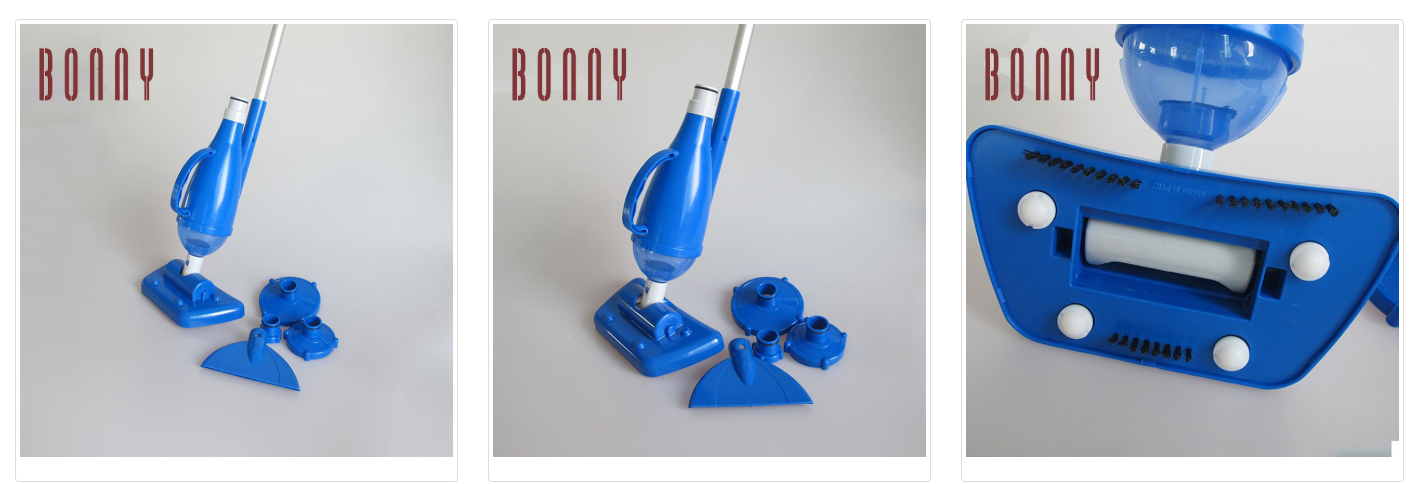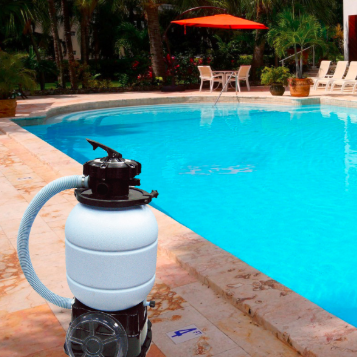Summer is Coming Get Your Pool Ready
It is spring, and although it's snowing up north, the southern countries have been heating up for months. Together with the ongoing 80 degree days, you're longing to get back into your pool. But having gone unused for the past couple of weeks, the pool has to be cleaned to prepare it for the summer swimming season. You may either employ an expensive pool cleaner or even using these few simple steps, save the cash, and you'll be enjoying your swimming pool very quickly!
1.Wash out the area surrounding your pool:
Make the most of this pool cover and filthy pool to wash out the region around your pool. Reduce any trees, shrubs, or plants and pick up any leaves or debris that has collected around the pool. If a cover has accumulated dead leaves, then you might use an air compressor to remove the debris. Hose off the deck to eliminate loose algae, leaves, etc. which have collected.

2. If your swimming pool is covered, find it at this time:
Do your very best to wash out the pool cover, eliminating not just debris but also water before attempting to remove the cover. To be able to prevent accidentally spilling the filthy water or debris in your pool once you remove the cover, first increase the water level to the center of the pool skimmers. Blow Off using a blower, as explained previously. Afterward, with someone helping you, then catch a corner in the shallow end and then Gently drag the cover in the pool. Dry and clean the cover, then keep it in a dry site.
3.Inspect:
Destroys your swimming pool for indications of damage, which might have happened during winter. If you begin cracking, staining, or some other harm, it's ideal to speak to an experienced practitioner to see about fixing these.
4.Prepping:
First, be confident you have all the tools that you want to wash out the pool. You'll require a pool brush, a skimmer net on a rod, and some type of vacuum cleaner system. Based upon your pool system, a few of the substances may consist of chlorine and bromine for sanitizing the water and ruining any germs. You could also require muriatic acid to place the right pH balance.
5.Plug the pool gear:
Close or substitute some of those drain plugs which were opened or eliminated when you ready your pool for winter. These can include but aren't confined to the drain plug on the pump/s along with the filter.
6.Inspect pool filter capsules or DE grids:
Ahead to opening up the swimming pool, you may wish to inspect your swimming pool filter capsules or DE Grids and the Tank O'ring. If you discover any tears from the capsules or DE grids, they need to be replaced. The tank ring has to be scrutinized as this is relevant to the role of the pool filter. When it's ripped or flattened, then it might allow pressure to escape in your filter. Always coat the ring using the silicone lube to prolong its own life and help in sealing the pool filter.
Utilize the skimmer net on a rod or commercial-grade internet to clean any debris that's floating on the surface of the pool.
After priming, the pump permits your pool filter to operate for a whole 24 hours. Following the 24 hour interval, add chlorine shock to disinfect the pool and filter system. Test your water and then fix the compound in the pool so, permitting the following 24 hours to pass, then examine the water equilibrium.

7.Checks and balances:
Assess and balance the compound amounts. There are four degrees; you have to assess: that the pH level (7.4 - 7.6), which quantify the acid and base levels, the Alkalinity degree (80-120ppm) which quantify the water's resistance to altering pH, the bile hardness (250 - 450 ppm), which measures the hardness of your water, along with the chlorine (1 - 3 ppm) (sanitizer) content. Another reading on a few testers will be for the Total Dissolved Solids; this amount needs to be (250 -1500 ppm)
8.Shock 'er!
The final step is to jolt the pool with chlorine to kill any residual bacteria before use. A fantastic guideline is utilizing one pound of jolt chlorine for every 10,000 gallons of water. This should be performed weekly if desired. This might also have to get performed after rain or more frequently during sweltering summers. These directions are a general principle and have to be adjusted according to your region of the nation. Many places have tough water, in which others are going to have very soft water, so check with the regional pool shop in case you have any questions regarding your place.
9. Jump on in and enjoy your pool!
Comments
Post a Comment